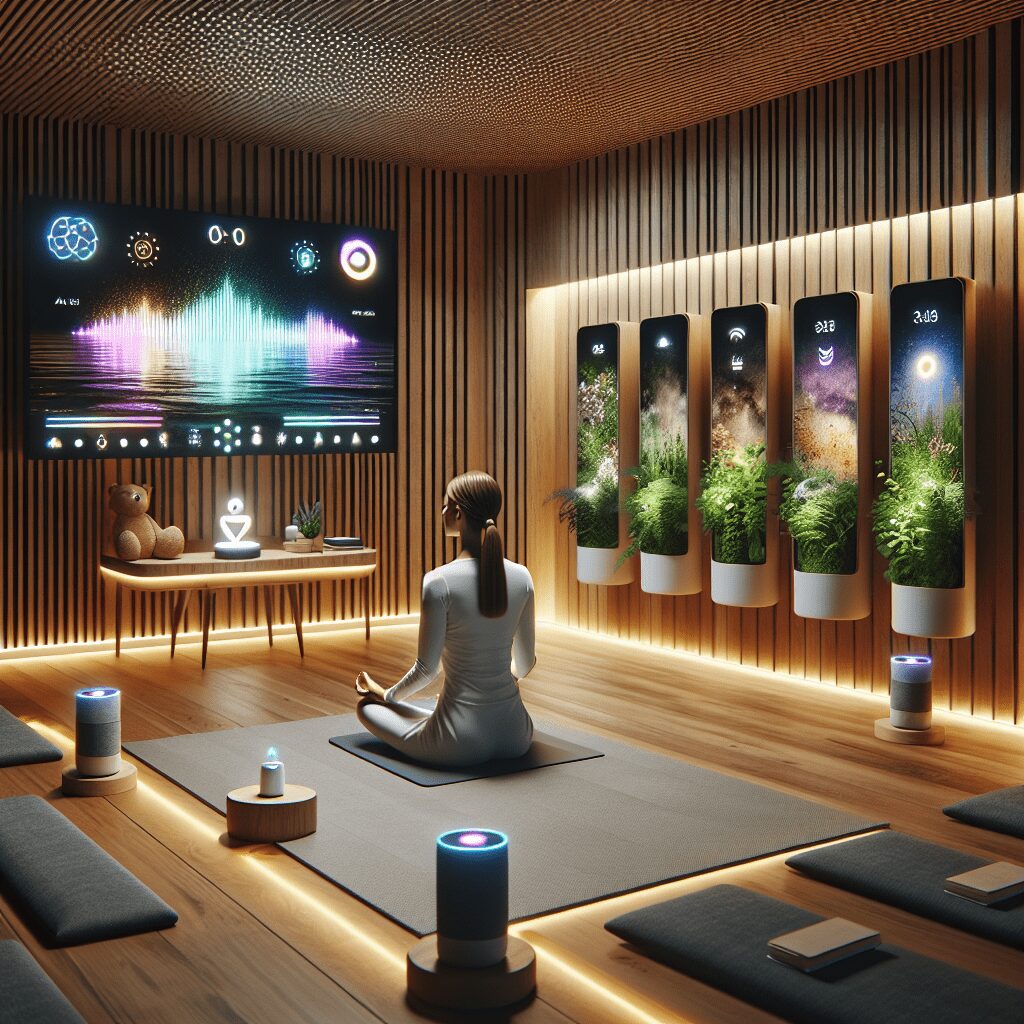
Prioritize your mental well-being daily. Enhance your life by nurturing your mental health with the Smart Meditation app. Break free from stress, alleviate anxiety, and enhance your sleep quality starting today.
Does Eeoc Protect Against Sleep Problems?
Navigating the Nocturnal Nuances: EEOC’s Stance on Sleep Disorders
In the hustle and bustle of today’s 9-to-5 grind, sleep, often dubbed as the best meditation by the Dalai Lama himself, becomes a cherished commodity. Unfortunately, for some, Morpheus’ embrace isn’t just elusive; it’s practically a mirage due to various sleep disorders. But here’s the kicker: can those nocturnal troubles nudge the Equal Employment Opportunity Commission (EEOC) into action? Does Uncle Sam’s watchdog for workplace equality have your back if Z’s are what you lack? Let’s dive deep into the EEOC’s playbook and see where sleep disorders stand.
A Deep Dive into EEOC’s Protections and Sleep Disorders
First off, the EEOC doesn’t specifically list “sleep disorders” in big neon letters as a condition it protects. But don’t hit the snooze button on this issue just yet. The Americans with Disabilities Act (ADA), which the EEOC enforces, covers a broad spectrum of conditions that could include sleep disorders, provided they meet certain criteria. Here’s the lowdown:
-
Definition of a Disability: Under the ADA, a condition is considered a disability if it substantially limits one or more major life activities. Now, sleep certainly ticks off that ‘major life activity’ box, doesn’t it? So, individuals with serious sleep disorders like insomnia, sleep apnea, or narcolepsy might just have the ADA’s protective umbrella shielding them from the storm.
-
Reasonable Accommodations: Here’s where the plot thickens. If your sleep condition is indeed recognized under the ADA, employers are then required to tip their hats and provide reasonable accommodations, unless doing so would cause undue hardship. This could range from altering work schedules so you can catch those elusive forty winks, to providing specialized equipment that helps you stay awake and productive.
-
Direct Threat Standard: But don’t get too comfy yet. The EEOC also considers whether an employee’s condition could pose a “direct threat” to safety. Simply put, if your sleep disorder could potentially make your job or workplace hazardous, employers might have some leeway in taking certain actions. However, this is a tightrope walk and needs thorough assessment.
Making Your Case: Tips and Tricks
Feeling like you’re walking through a maze blindfolded? Fear not. If you believe your sleep disorder could be your ADA-backed shield in the workplace, here’s how to make your case:
- Medical Documentation is King: Arm yourself with comprehensive medical records that detail how your sleep disorder significantly impacts your daily life. The more specific, the better.
- Open Dialogue: Engage in an honest and open conversation with HR or your employer about your condition and the potential accommodations that could help. Communication is key, folks.
- Seek Advice: Sometimes, navigating these waters needs a seasoned captain. Don’t shy away from seeking advice or representation from legal professionals specialized in employment law.
The Bottom Line
While the EEOC might not specifically wave the flag for sleep disorders, the ADA offers a lifeboat in the form of protections and accommodations, provided you steer the ship right. Understanding your rights and engaging in proactive dialogue with your employer can ensure that your sleep disorder doesn’t leave you high and dry in the employment ocean.
So, before you count sheep in a bid to drift off, remember that knowledge and proper action could well be the lullaby that ensures your sleep disorder doesn’t turn your professional life into a nightmare. After all, in the grand scheme of things, everyone deserves a shot at dreaming big, both literally and metaphorically.





